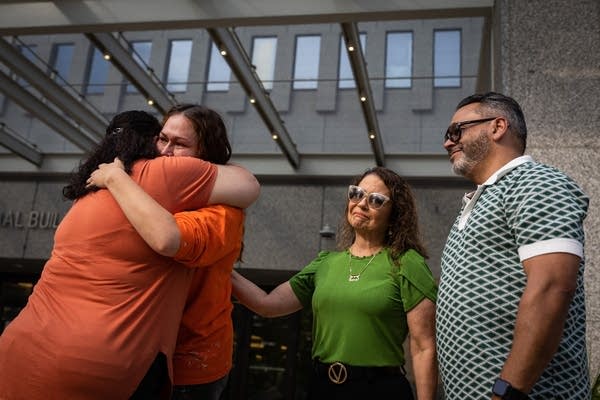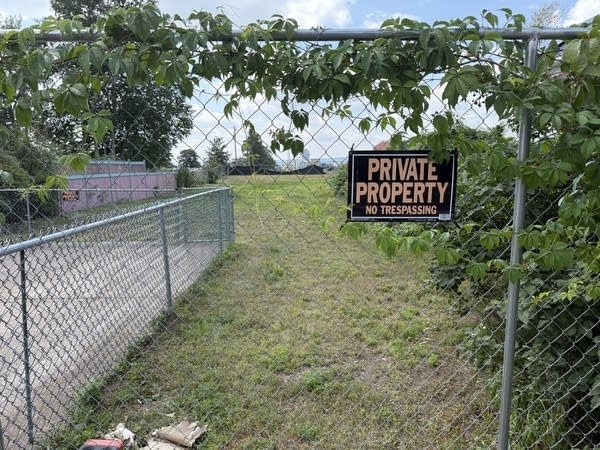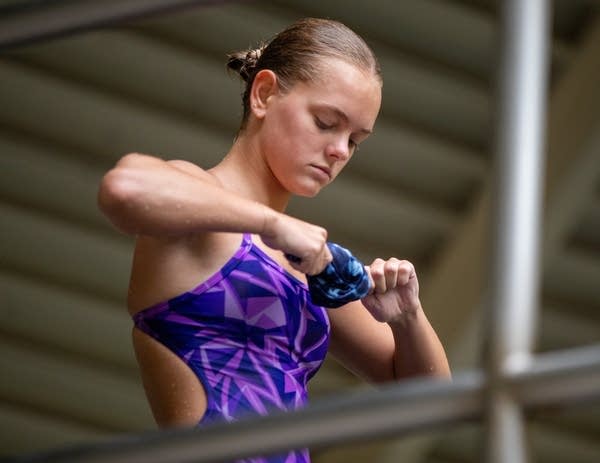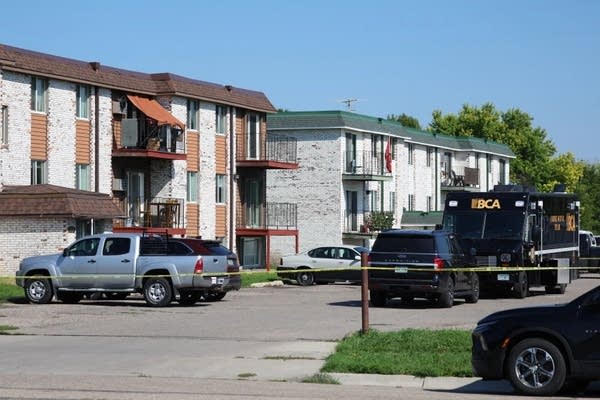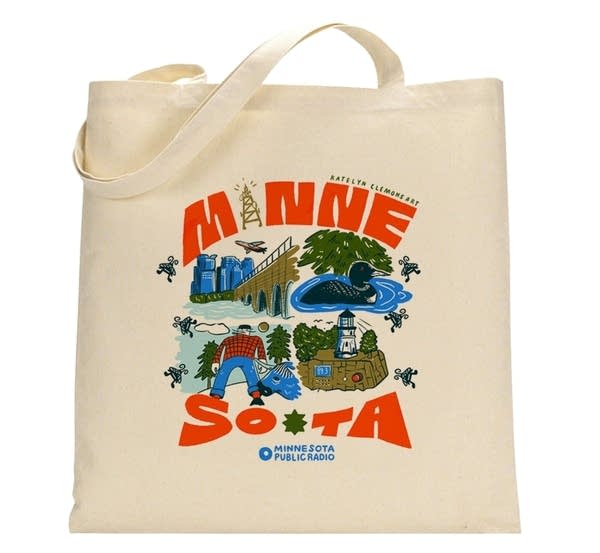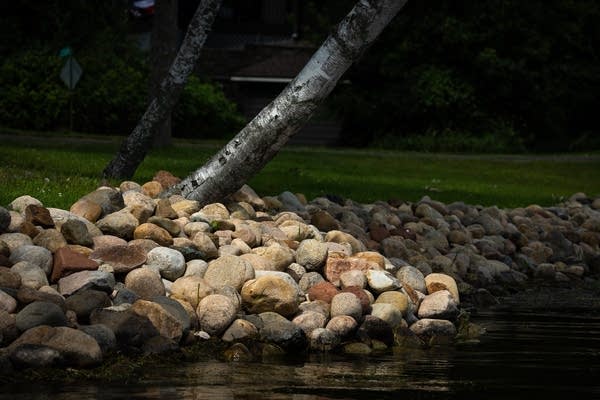Immigration officials release Twin Cities mom from custody after federal judge order
Antonia Aguilar Maldonado came to the U.S. in 2016 without legal status as a 17-year-old unaccompanied minor. She now has two young U.S. citizen children and was pursuing an asylum case when she was picked up on her way to work, attorneys said.
Go Deeper.
Create an account or log in to save stories.
Like this?
Thanks for liking this story! We have added it to a list of your favorite stories.



